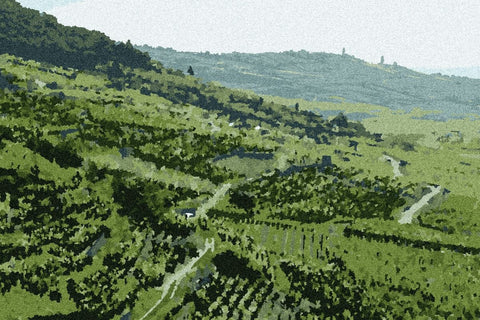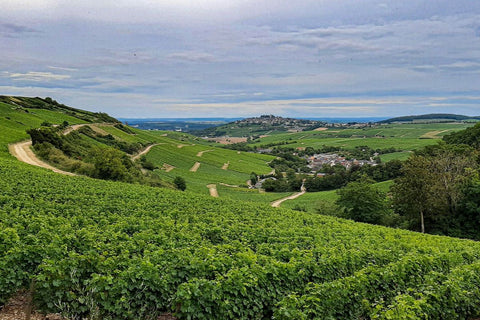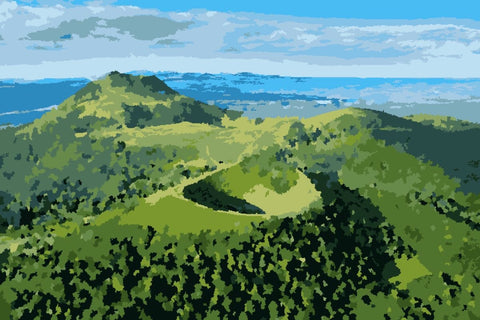Introduction
Alsace, situated in northeastern France, stands as an emblematic wine-producing region with a lineage that has fascinated wine scholars over numerous generations. Recognized for its distinctive wines, Alsace marries a rich historical backdrop with the nuances of its terroir and the precision of vinicultural methodologies.
Central to Alsace's vinicultural identity are its primary grape varietals: Riesling, Gewürztraminer, Pinot Gris, and Muscat. Cultivated in the region's continental climate marked by temperate summers and extended sunlight periods, these grapes yield wines of pronounced clarity, fruit-forward profiles, and intricate depth, mirroring the very essence of the Alsatian terroir.
History of Alsace
Tracing its vinicultural origins to the Roman epoch, Alsace's wine-producing legacy ranks among the most venerable in France. Positioned on the cusp of the Franco-German frontier, the region has absorbed a confluence of both French and German vinicultural traditions. This amalgamation of cultural practices has engendered a wine style in Alsace that remains unparalleled in its distinctiveness within the French wine spectrum.
Terroir of Alsace
The geological and climatic intricacies of Alsace's terroir present a multifaceted landscape. The Vosges Mountains on its western boundary shield the vineyards from maritime influences stemming from the Atlantic, thereby inducing a relative aridity. Vineyards, predominantly aligned on eastward inclines, optimize solar interception, facilitating optimal grape maturation. The acclaimed "Alsace Wine Route" offers insights into the region's varied soil compositions – from granite to limestone, sandstone to marl – each playing a pivotal role in shaping the wines' individual characters.
Alsace Appellations
Alsace's adherence to the Appellation d'Origine Contrôlée (AOC) system underscores its commitment to maintaining the integrity and caliber of its wines. Mandated AOC guidelines ensure varietal transparency, fortifying consumer trust. Noteworthy appellations encompass Alsace AOC, Alsace Grand Cru AOC, and Crémant d'Alsace AOC. The Alsace AOC is versatile, accommodating a spectrum of grape varietals and yielding white wines that encapsulate regional terroir nuances. The Alsace Grand Cru AOC, reserved for wines of superlative stature, predominantly emphasizes Riesling, Gewürztraminer, and Pinot Gris, while the Crémant d'Alsace AOC delineates the region's effervescent wines, crafted adhering to time-honored techniques.
Alsace Wine Production and Styles
Generations of Alsatian vintners have refined their vinicultural prowess, gravitating towards both traditional and sustainable grape cultivation and wine production methodologies. An emphasis on manual grape harvesting, judicious pressing, and precise winemaking techniques ensure the preservation of the grape's inherent aromatic and structural attributes. Predominantly, Alsace wines manifest a dry profile, accentuating their innate fruit nuances and mineral undertones. Additionally, the region is recognized for its late-harvest wines, including Vendange Tardive (VT) and Sélection de Grains Nobles (SGN), derived from grapes affected by noble rot, exuding a harmonious blend of sweetness and intricacy.



